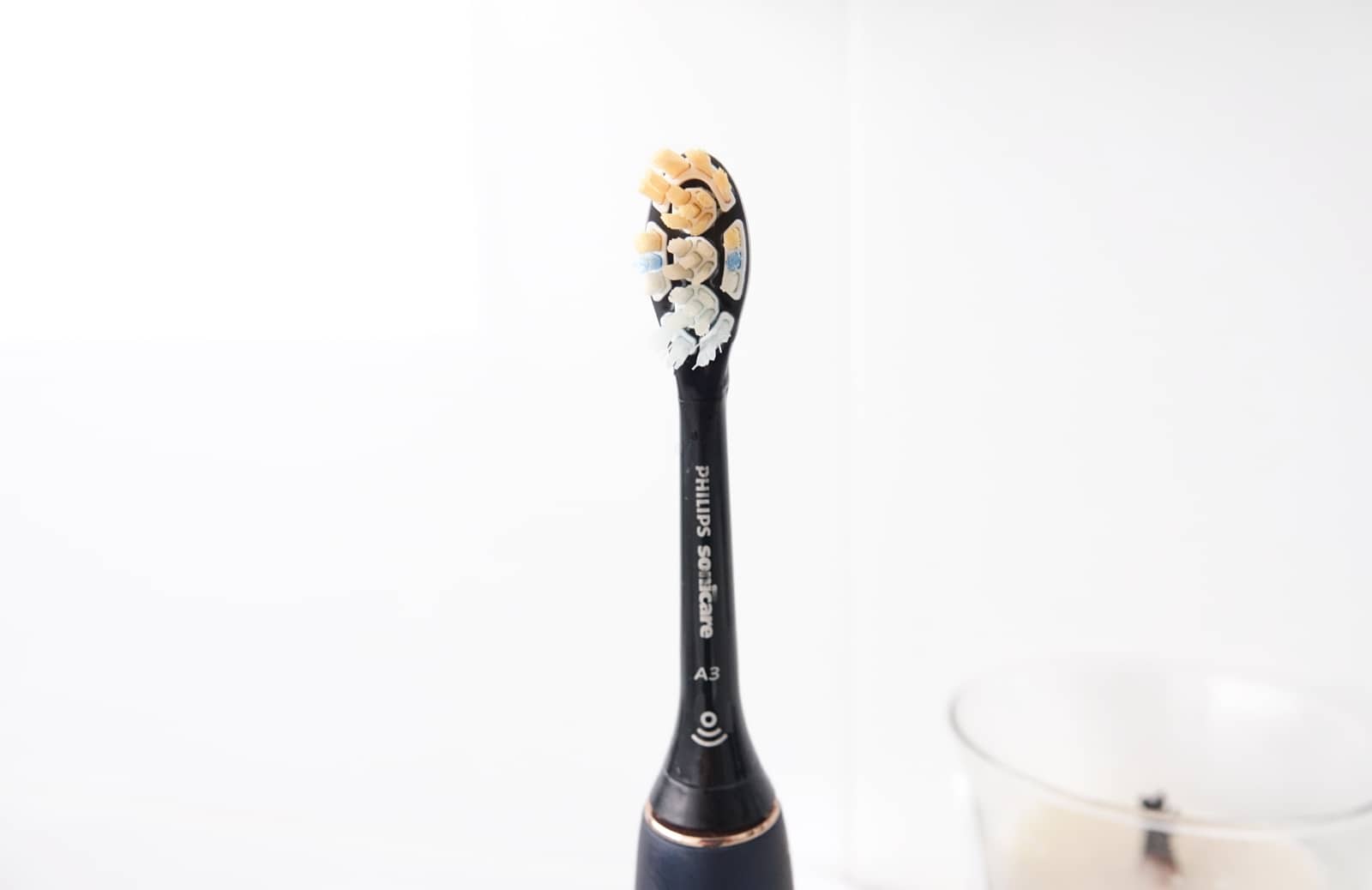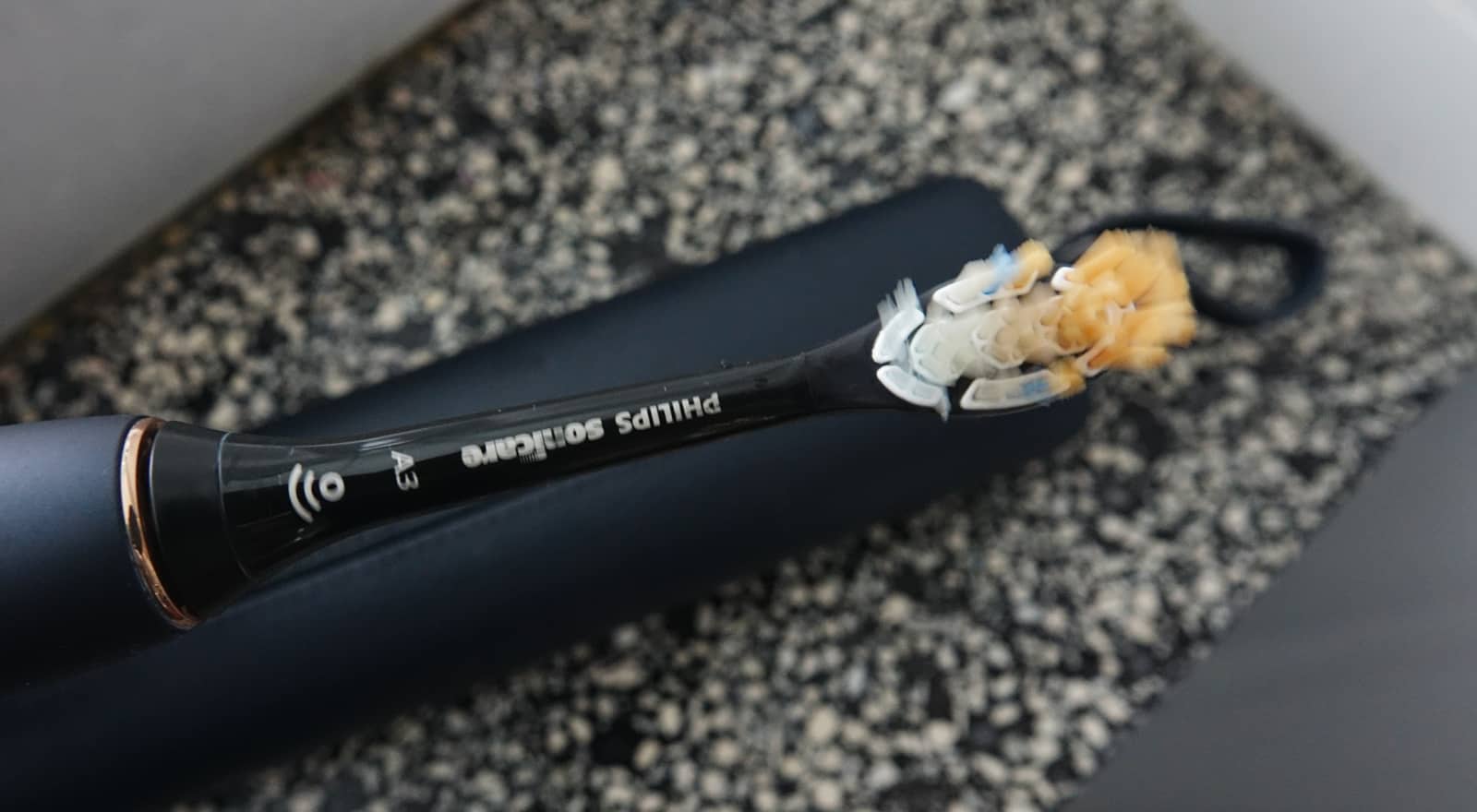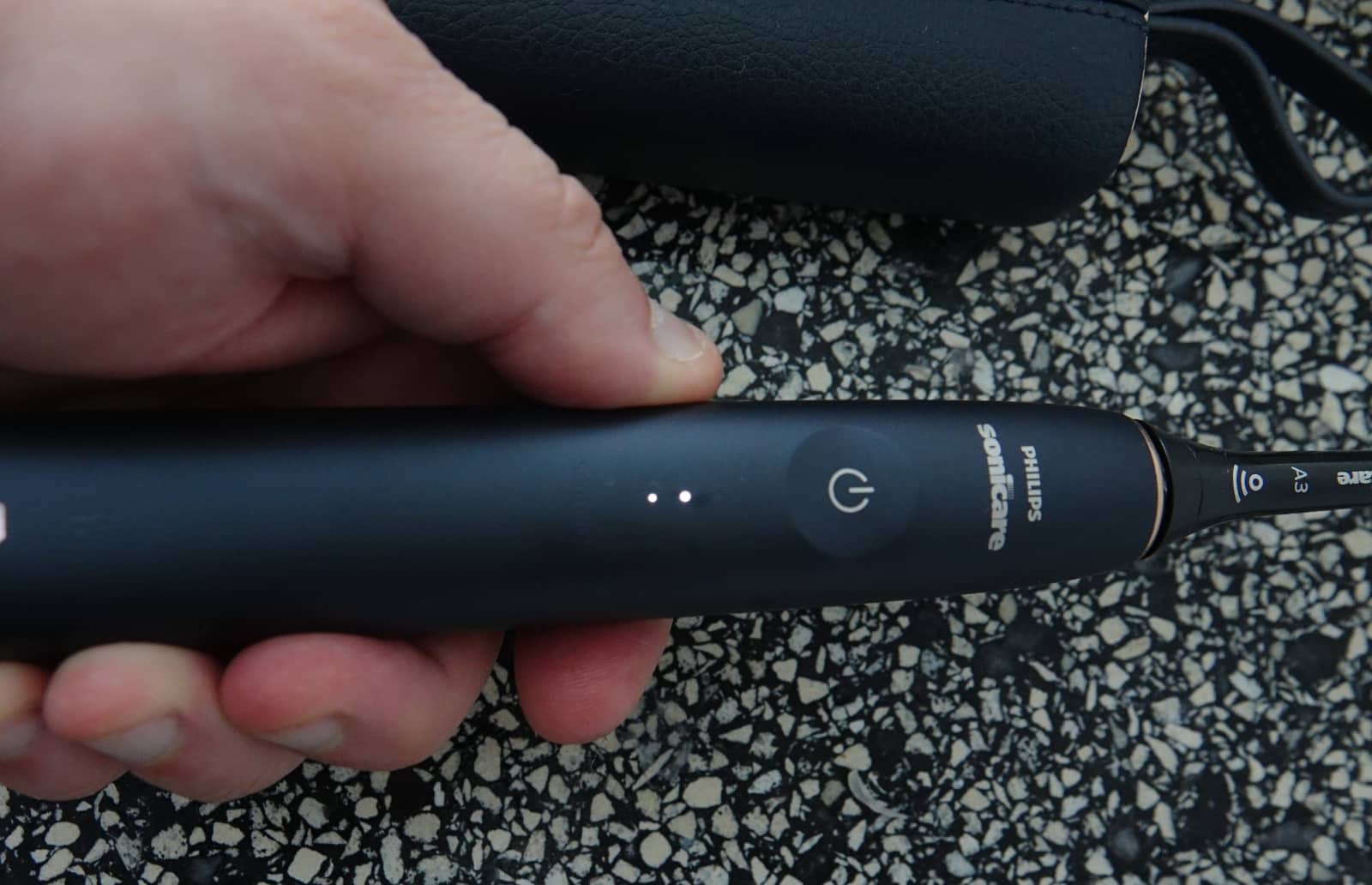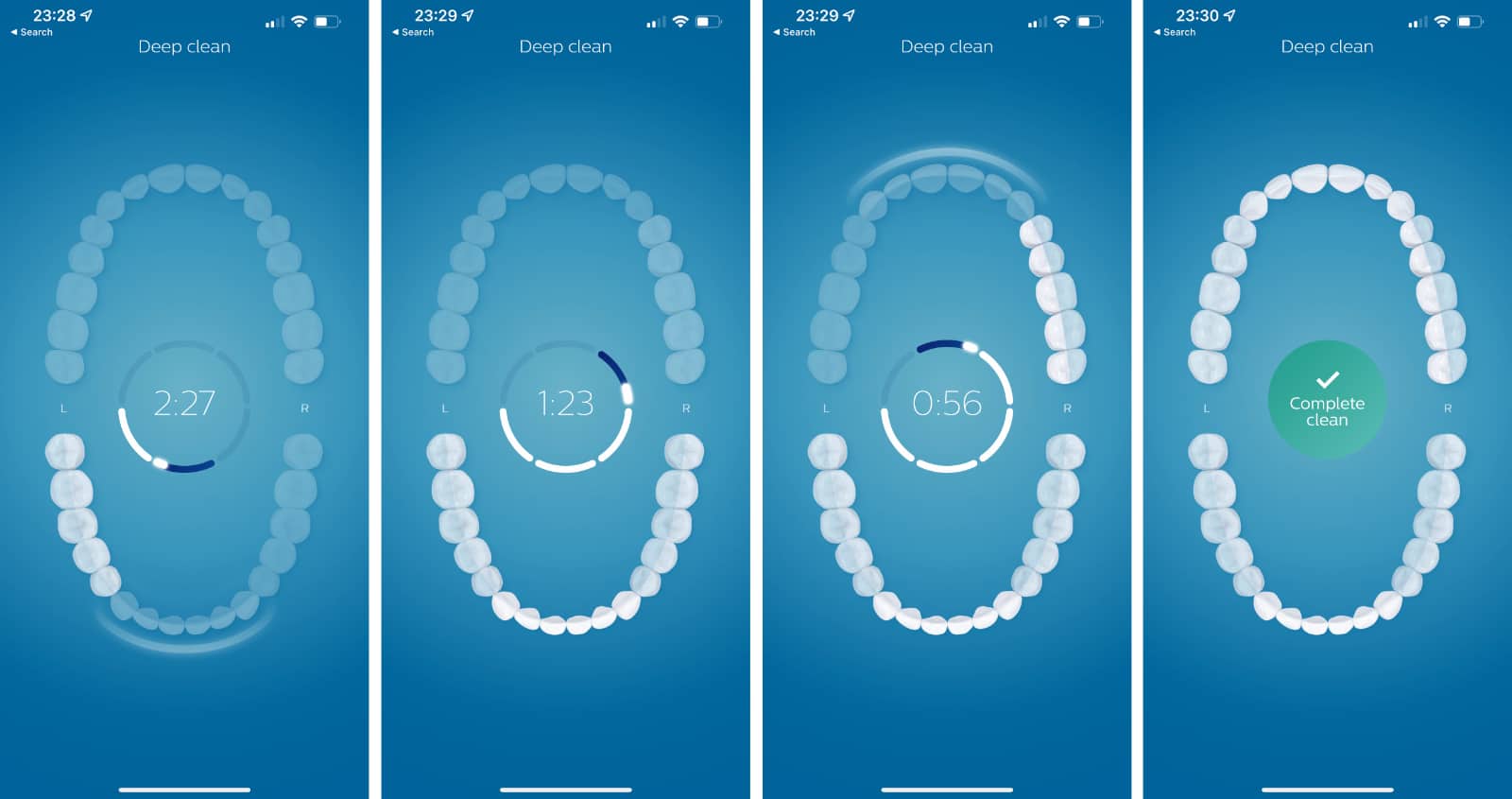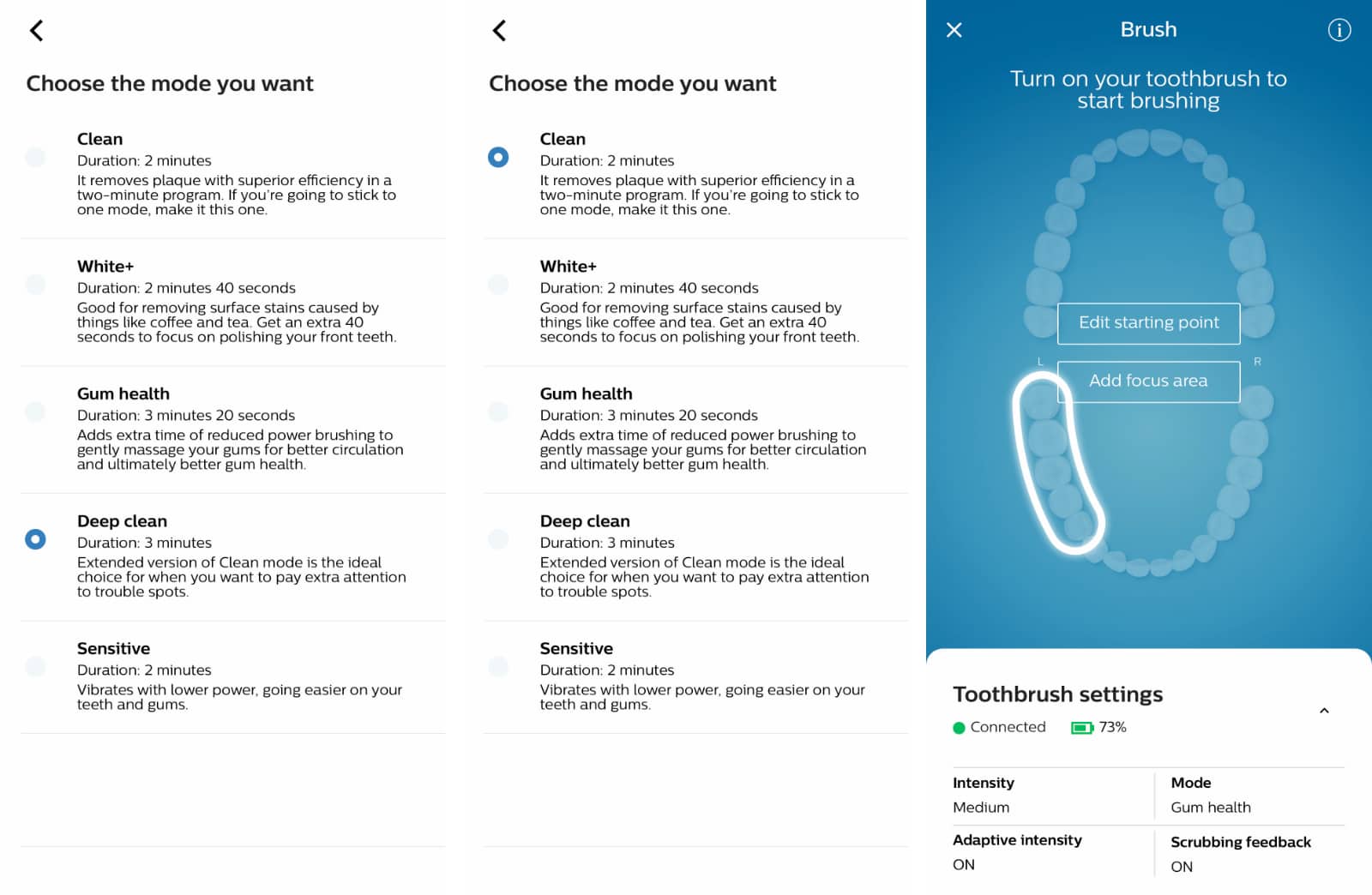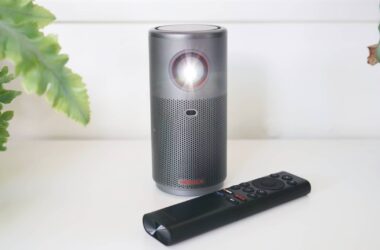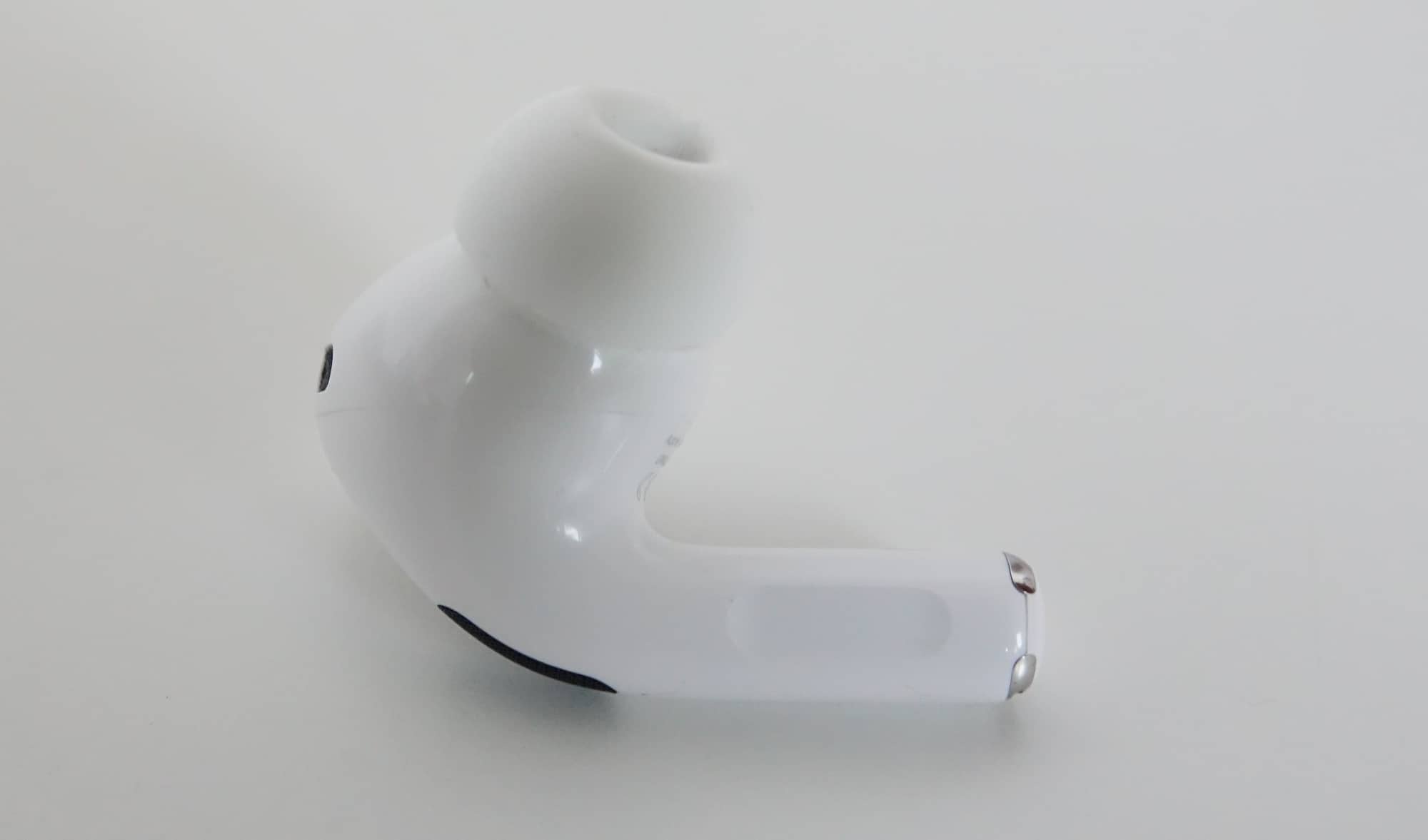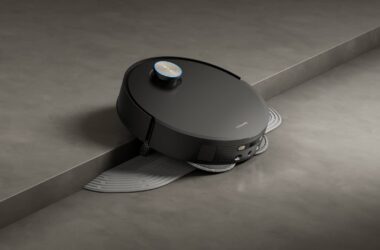Quick review
The good
The not-so-good
Everything connects to your phone, and now even a toothbrush. Can Philips’ app-connected Sonicare 9900 Prestige toothbrush really help you brush better? Like really really?
I’ve written some unusual reviews in the past, but writing a toothbrush review could take the cake.
Lots of phones, many computers, countless earphones that all occupy little spaces of my brain I’ll eventually forget about, and even some unusual gadgets. Sunglasses with cameras, an electronic Rubik’s Cube, and so on and so on, but reviewing a toothbrush could be the most unusual take yet.
And it comes with a bit of a lofty promise, using an app to monitor how you brush your teeth and telling you where you need to spend the most time scrubbing. Or not really scrubbing, but more just brushing, because there’s a light to tell you when you’re brushing too hard.
The point of the Sonicare 9900 is to help you brush better, whether it’s brushing in the right places or brushing with the right pressure. So does it work, or is the $499 toothbrush asking for a little too much overall?
What is the Sonicare 9900 Prestige?
This will probably surprise you, but Philips’ Sonicare 9900 is an electric toothbrush, albeit one that comes with a little more in the “electric” side of things than your typical “bought it from the shops” electric toothbrush.
Priced at $499, it’s easily the most expensive toothbrush we’ve ever touched to our teeth, and it comes with a special sleek case for storage and charging, complete with a Type C port at the bottom.
The design looks more or less like your standard electric toothbrush, but there’s no rotating head like on the Oral-B models.
Rather, this variation includes a more manual-style design with an elongated brush head that vibrates up and down very, very quickly.
While electric toothbrushes are typically a head on a metal bar that turns or goes up and down very quickly, using that fast motion in the head to scrub your teeth as you brush, Philips has added something to the equation: Bluetooth compatibility.
With Bluetooth, Philips is connecting the toothbrush to your phone to track what you do. Kind of. Ish. Not really. Not really at all, actually.
What does it do?
In something of a real surprise, the Sonicare 9900 brushes your teeth. We know — that surprises you greatly, a product like this does what it says on the box — but it also comes with some added bonus.
Aside for charging in its cute little case with our favourite USB Type C plug, it also is supposed to give you guidance on how to brush, and even control those brushing settings via an app.
The last of these seems a bit like an evolution on the toothbrush interface, or at least the experience of controlling one.
Almost as if someone had decided a toothbrush could have better UX, this one is controlled by an app, deciding on various modes using Bluetooth and your phone, while the speed (ideally the pressure) can be decided on the brush itself. In short, the app seems to be there as a way of slimming down the brush handle and making using an electric toothbrush advanced without looking that way.
However there’s also the other side, because the app is supposed to give you guidance on whether you’re brushing your teeth properly. We’ve heard of the this before, because Oral-B did something similar a few years ago, but now it’s Philips’ turn.
To do this, you’ll tell the app where you’ll start the brushing, and once you start brushing, the app will show you how much time you should be spending on each quadrant of your teeth, giving you a guidance of what you should be doing.
Does it do the job?
The problem with this is that not only can you not choose all the places to start, but the guidance is slim. This isn’t real tracking, even if it seems like it should be.
If you normally start your brushing at the front, the app won’t support that, at least not during the time we worked on the Sonicare 9900 review. Essentially, you have starting positions in the corners of the mouth, top or bottom, left or right.
When you whir into action and start brushing, you’re essentially following the app’s approach of having you spend 30 seconds in that quadrant scrubbing, but it’s not a real-time tracker that you’re following on screen, but just an animation showing you what you should be scrubbing.
There’s no actual tracking going on here at all; this is just a guide to show you what you should be doing triggered by your brushing at the time.
To Philips’ credit, the Sonicare 9900 gave our teeth one of the nicest brushings we’d ever experienced, and we came away from every brush feeling like our teeth were just that much cleaner. This reviewer normally uses another brand of electric toothbrush, and the Philips felt as if it had performed a better job overall.
It’s still no substitute for a proper dentist’s clean, but the our teeth felt better after the Sonicare than we expected.
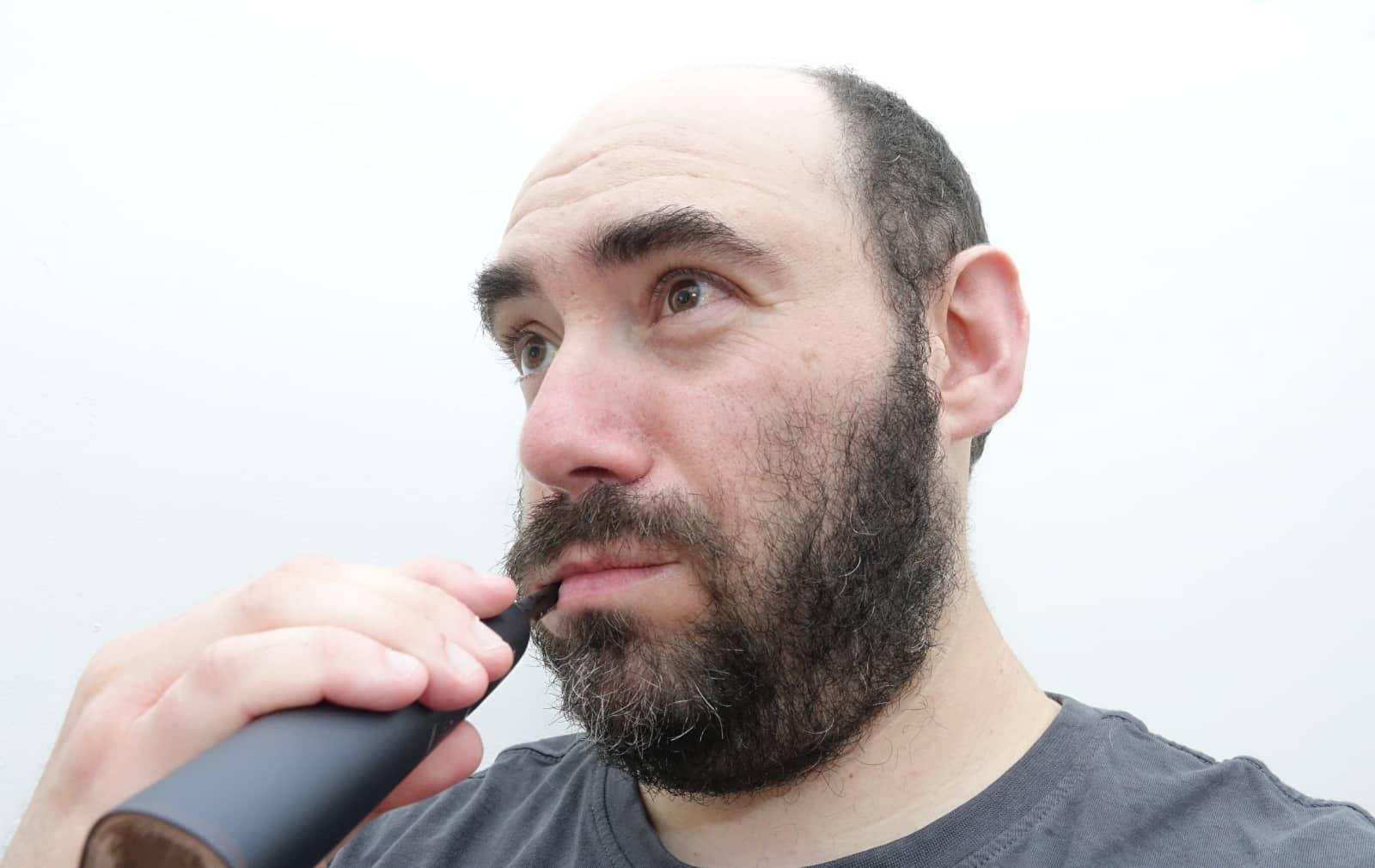
What does it need?
But we wish that tracker and brushing guide was doing more than just showing a guided animation, because that’s not a reason to pay just shy of $500 for a toothbrush.
Beyond that trigger system, the inclusion of Bluetooth seems to be there to control the various modes for the toothbrush.
Normally something that would be available on the brush handle, Philips has done away with that in the Sonicare 9900 Prestige, replacing it with options in the app. That is specifically where you’ll handle it, though it’s a change we’re not sure is ideal.
Rather than jump between “deep clean” and “gum health” simply by pressing a button on the handle, you need to go through the app, which we’re not sure is a step that is helpful.
Granted, you’re probably not likely to need to switch all that often, but the point is that this change feels like a bit of a back step, and one that isn’t user friendly.
While the Sonicare 9900 is all about getting you to look at your phone while you brush, we didn’t really adapt to that, and found it increased the time it took to brush our teeth. Needing to use it to change settings felt like an unnecessary shift.
Is it worth your money?
We’re also not sure we gained any insights from Philips to improve our brushing with this app-connected toothbrush, which is arguably one of the main reasons you’d consider a $400 Bluetooth toothbrush in the first place.
But the job of brushing was noticeably better than what our regular brush could manage, and that is something. Factor in a case with a charger built in, and you have a little more worth than a standard electric toothbrush, though we’re not sure that’s cause for such a high price as it is.
The Philips Sonicare 9900 Prestige is, as the name suggests, a more luxurious edition of toothbrush, if there even is such a thing. Whether it’s worth that high $399 price tag will come down to you and your needs, but we wouldn’t be buying it for the Bluetooth connectivity, that’s for sure.
Yay or nay?
The strangest day during our review period for the Sonicare 9900 was the morning the toothbrush informed us that it needed a firmware update. A toothbrush needed a firmware update. Just think about that for a second. When in life has that ever happened?
Ignoring the craziness of it, the real question we had was why: why would a toothbrush that doesn’t actually track your teeth even need a firmware update?
We don’t have the answer, but we can say that this isn’t quite the smart gadget we hoped it would be. The Philips Sonicare 9900 Prestige is a great toothbrush, doing an excellent job of cleaning teeth, but it’s hardly as smart as the package would lead you to believe.
It’s worth checking out if you want a really good toothbrush and need an app to tell you how to brush, but don’t expect dentist-level insights in your mouth here, because it’s unlikely to happen.



